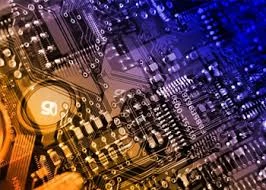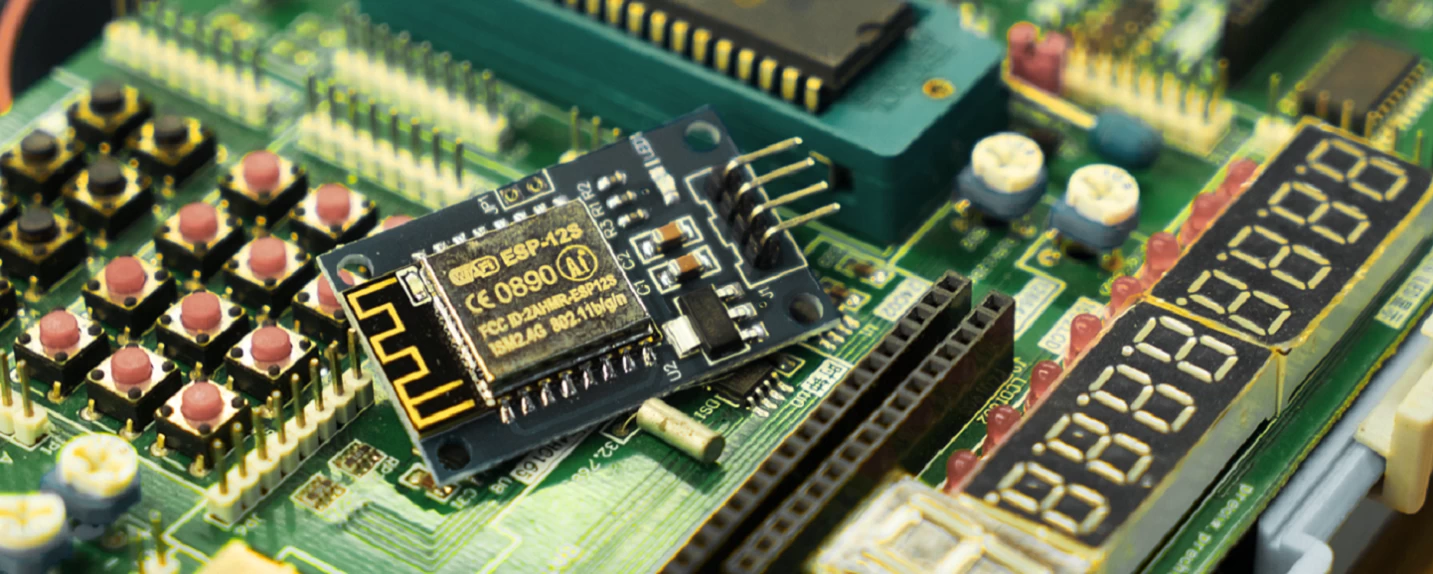PCB industry added catalyst
o-lead
o-leading.com
2018-06-27 11:54:10

New energy vehicles are divided into pure electric vehicles and hybrid vehicles according to power sources, namely EV and HEV. Due to the use of electric power, new energy vehicles are different from traditional internal combustion engine structures. New energy automobile electronic technology generally includes a battery management system BMS, a car charger, an inverter, a vehicle controller VCU/HCU, a pedestrian warning system, and a DC/DC. As the core components of new energy vehicles: battery management, inverter (motor control) and vehicle controller, it must have extremely high safety and reliability. In new energy vehicles, BMS is the core component, and PCB board as a basic component of BMS will fully benefit from the development of new energy vehicles. According to relevant industry chain research, the value of PCB bicycles in new energy vehicles will be significantly higher than that of traditional automobiles, and Auto PCB leading enterprises will be upwind.
In 2040, France and the United Kingdom banned the sale of fuel vehicles. Volkswagen invested US$84 billion in the production of electric vehicles and batteries. The new energy automobile market in China is also enjoying rapid growth. The latest data from China Automobile Association shows that the output of new energy vehicles in August was 72,000 vehicles, which was a 22% increase from the previous month. In the first half of 2017, the production and sales of new energy vehicles were 212,000 units respectively. And 195,000 vehicles, an increase of 19.7% and 14.4%. Among them, the output and sales volume of pure electric vehicles were 175,000 and 160,000 respectively, an increase of 30.4% and 26.2% respectively. If there are no major adjustments to the relevant policies for new energy vehicles, sales are expected to be in the range of 600,000 to 700,000 vehicles.

































